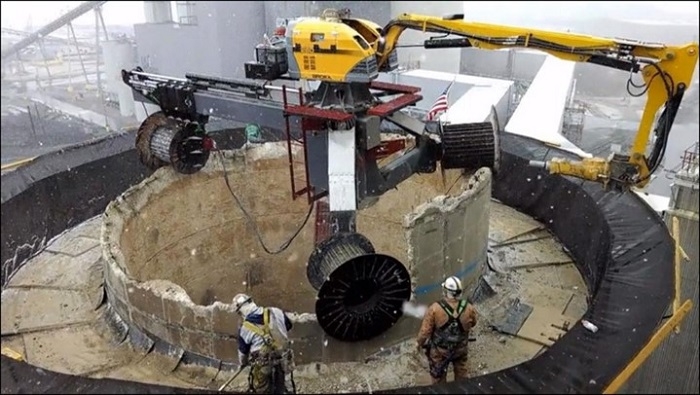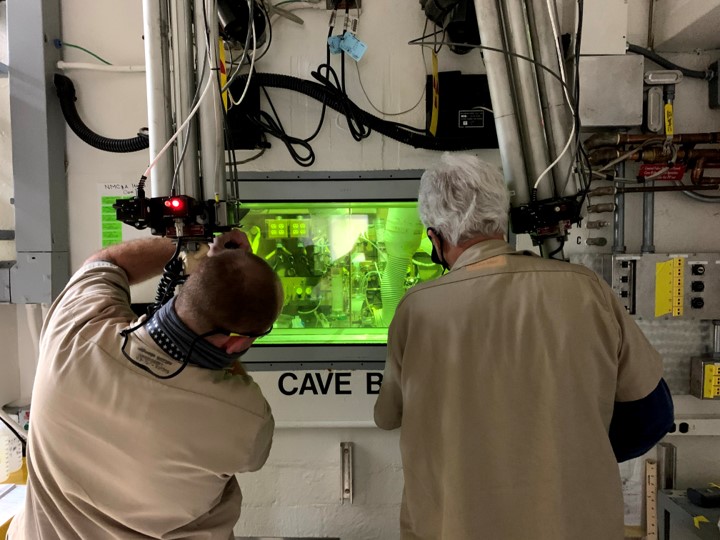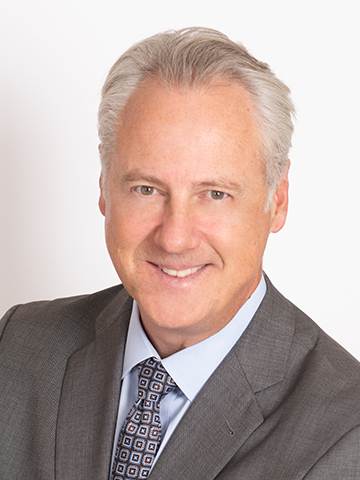Southern California Edison pushes to get SONGS’s spent fuel moved off-site
Southern California Edison has released a three-volume set of plans supporting the off-site relocation of the spent nuclear fuel currently stored at the San Onofre Nuclear Generating Station. According to SCE, the release of the Action Plan, the Strategic Plan, and the Conceptual Transportation Plan constitutes a significant milestone in a process that began with the 2017 settlement regarding the coastal development permit issued for San Onofre’s expanded spent fuel storage installation.
At the same time, in an effort to urge the federal government to find a permanent solution to the nation’s inventory of commercial spent fuel, SCE and the counties of Orange and San Diego announced on March 15 the formation of a stakeholder coalition, Action for Spent Fuel Solutions Now.
“SCE and our partners and stakeholders have a genuine opportunity to bring people together with a shared interest to prepare and advocate for the relocation of the spent fuel away from the coast,” said Kevin Payne, SCE’s president and chief executive officer. “It is clear that to make tangible progress on this issue, the federal government must act. Rather than wait for this to happen, we are going to be a catalyst for change.”
Information about the coalition, including how to join, is available on its website.




 A new technical report from Montreal-based SNC-Lavalin finds Canada’s stated goal of net-zero carbon emissions by 2050 to be achievable but stresses the importance of immediate action and investment in all forms of low-carbon energy production, including nuclear, hydro, renewables, carbon capture and storage, and hydrogen.
A new technical report from Montreal-based SNC-Lavalin finds Canada’s stated goal of net-zero carbon emissions by 2050 to be achievable but stresses the importance of immediate action and investment in all forms of low-carbon energy production, including nuclear, hydro, renewables, carbon capture and storage, and hydrogen.










